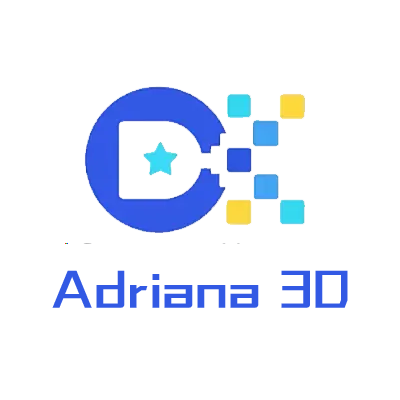3D printing technology has found wide applications in multiple industries due to its unique characteristics and flexibility. The following are some of the major application areas of 3D printing:
1. Manufacturing
In the manufacturing industry, 3D printing is used for rapid prototyping and small-batch production. Companies can quickly create complex parts and tools to test designs at a faster rate, thereby reducing time to market.
2. Medical
Personalized medical devices: 3D printing is used to create personalized prosthetics, teeth, and other medical devices that can be tailored to the specific needs of patients.
Bioprinting: By printing living cells and biomaterials, applications in tissue engineering and regenerative medicine are being developed, and it is even possible to create functional human tissue.
3. Aerospace
In the aerospace field, 3D printing is used to produce complex parts that are often lightweight and high-strength. Airlines and space agencies use this technology to reduce production costs and material waste while improving the performance of parts.
4. Construction
In the construction industry, 3D printing is mainly used to make architectural models and building components. In recent years, there have been projects that use large-scale 3D printers to directly print the entire structure of a house. This method not only saves materials, but also significantly reduces construction time.
5. Automotive Industry
3D printing technology is used in automotive manufacturing for rapid prototyping, accessory production, and customized parts. Automakers can use 3D printing technology to quickly produce parts for new models, thereby speeding up the design iteration process.
6. Consumer Products
More and more brands are adopting 3D printing technology to produce customized and personalized products, including jewelry, glasses, and sneakers. Consumers can customize unique products according to their preferences.
7. Education
3D printing is widely used in the field of education. Schools and universities use 3D printing technology to help students better understand complex concepts and cultivate their creativity and practical skills. Students can enhance their learning experience by designing and printing objects through hands-on operations.
8. Fashion and Art
Artists and designers use 3D printing to create unique works of art and fashion accessories. 3D printing not only enables complex designs, but also explores new materials and shapes, pushing the boundaries of fashion and art.
9. Food
Recently, food 3D printing technology has gradually emerged, allowing users to print customized food according to their personal tastes. The development of this technology simplifies the steps of traditional food manufacturing and provides new ideas and possibilities.
